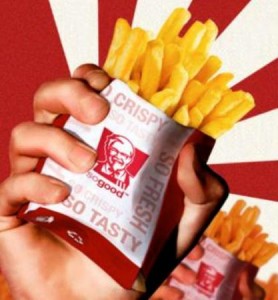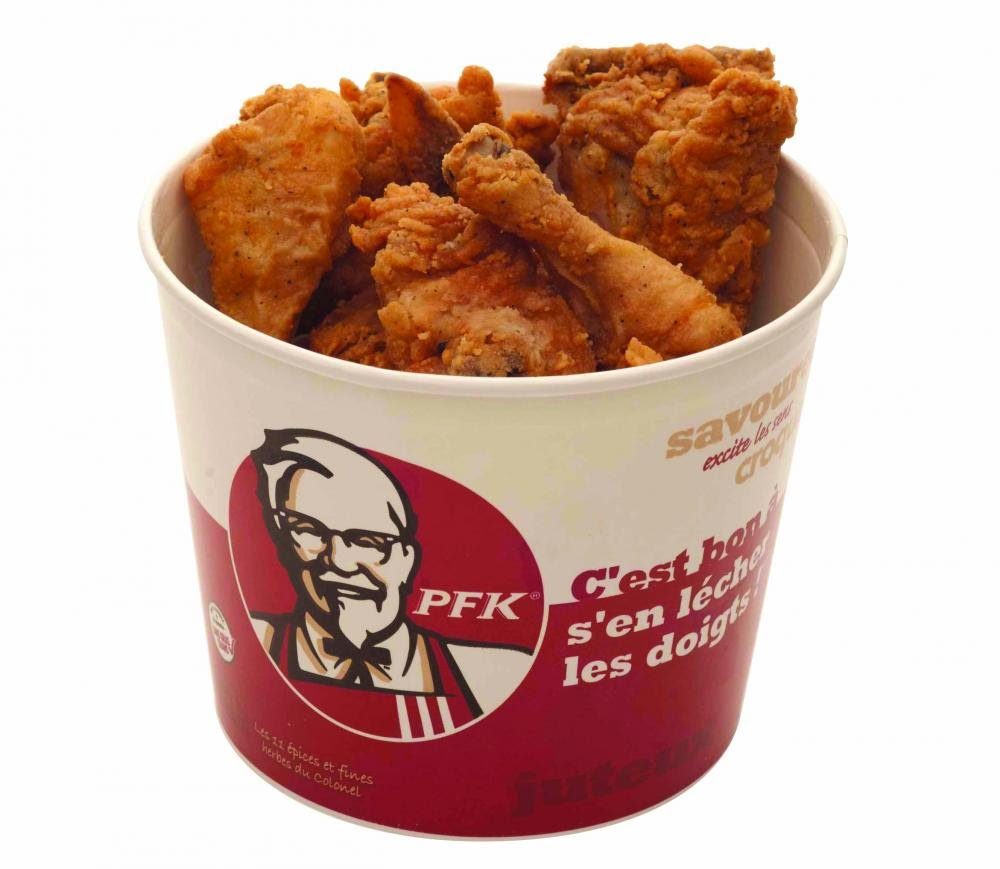
The long-awaited new fries will be served at all KFC restaurants nationwide by 19th November, and they promise to finally be a worthy partner to its iconic fried chicken. KFC has seriously stepped up its game with a thicker, chunkier and tastier spud. Instead of crying into our (soggy) fries, we’ve decided to take action. They took a matter of moments to write, but they’ve lingered long and heavily in our hearts. Yours sincerely, the entire world,” is KFC so good at chicken but so bad at fries?” are riding solely on their chicken because Christ, those are crap fries.” tweets. Thicker, chunkier and tastier fries land in KFC restaurants nationwide by 19th November Penetration also improved, with KFC UK and Ireland gaining 669,100 more buyers through the campaign.KFC New Fries – KFC Launches New Fries in the UK Among those aware of the campaign, taste scores improved across every measure, while KFC’s scores for relevance were up 3%, generosity 4%, trust worthiness 4% and quality food 1%.

Prompted awareness of the new fries hit 62%, well above the target of 50% and a 38 percentage point increase on the pre-campaign test. The campaign also had a clear impact on the business. The approach also led to KFC UK and Ireland and Mother winning the Social Media award at the Marketing Week Masters. The initial Twitter campaign had 3 million impressions, while the overall campaign had a share of voice in the quick-serving restaurant category of 25% and 13.9 million impressions across social media.

Suddenly KFC’s new chips were top of the news agenda and the most read story on the BBC. While there was a risk to this approach, it paid off. This was then followed up with ads about the new chips. This was backed up in traditional media, where KFC paid to amplify the abuse in outdoor and national press. The campaign – ‘Ain’t No Small Fry’ – launched on Twitter with KFC paying to promote criticism of its old chips to existing KFC fans, and those who had tried and criticised its chips. Instead, KFC needed to acknowledge the problems with the old fries in order for the new chips to be seen as their “saviour”. That meant talking up the benefits of the new fries would not cut through. Using behavioural economics, the brand realised it had a loss aversion problem – that people didn’t dislike the new chips, but were afraid of losing the old ones. But verbatim feedback from test restaurants was that this wasn’t working.Īnd so KFC and its creative agency Mother took a new approach. KFC tried creating messaging that talked about how much better the new chips were than the old. The challenge was to manage the transition to the new chips recipe so that loyal fans who didn’t want change didn’t feel they were losing out, while boosting perceptions of the new chips among new customers and creating a halo effect for the brand.

KFC also needed to shift perceptions among new or lighter users in order to grow the brand, meaning it couldn’t rely on existing customers accepting the old fries. This was in part because people were used to the old chips and many loyal customers were resistant to change, despite the complaints of the vocal minority. But while the new chip was scoring well in research, it was under-performing in test restaurants. Realising the problem, the fast food chain changed the recipe for its chips in the UK and Ireland to a “tastier, chunkier fry”. This was having a knock-on effect on perceptions of the KFC brand, especially because these people were vocal about their dislike on Twitter. At KFC, its fries were its most complained about product – a problem when they come with almost everything on the menu.Ī third of all complaints were about the chips, describing them as ‘soggy’ or ‘bland’.


 0 kommentar(er)
0 kommentar(er)
